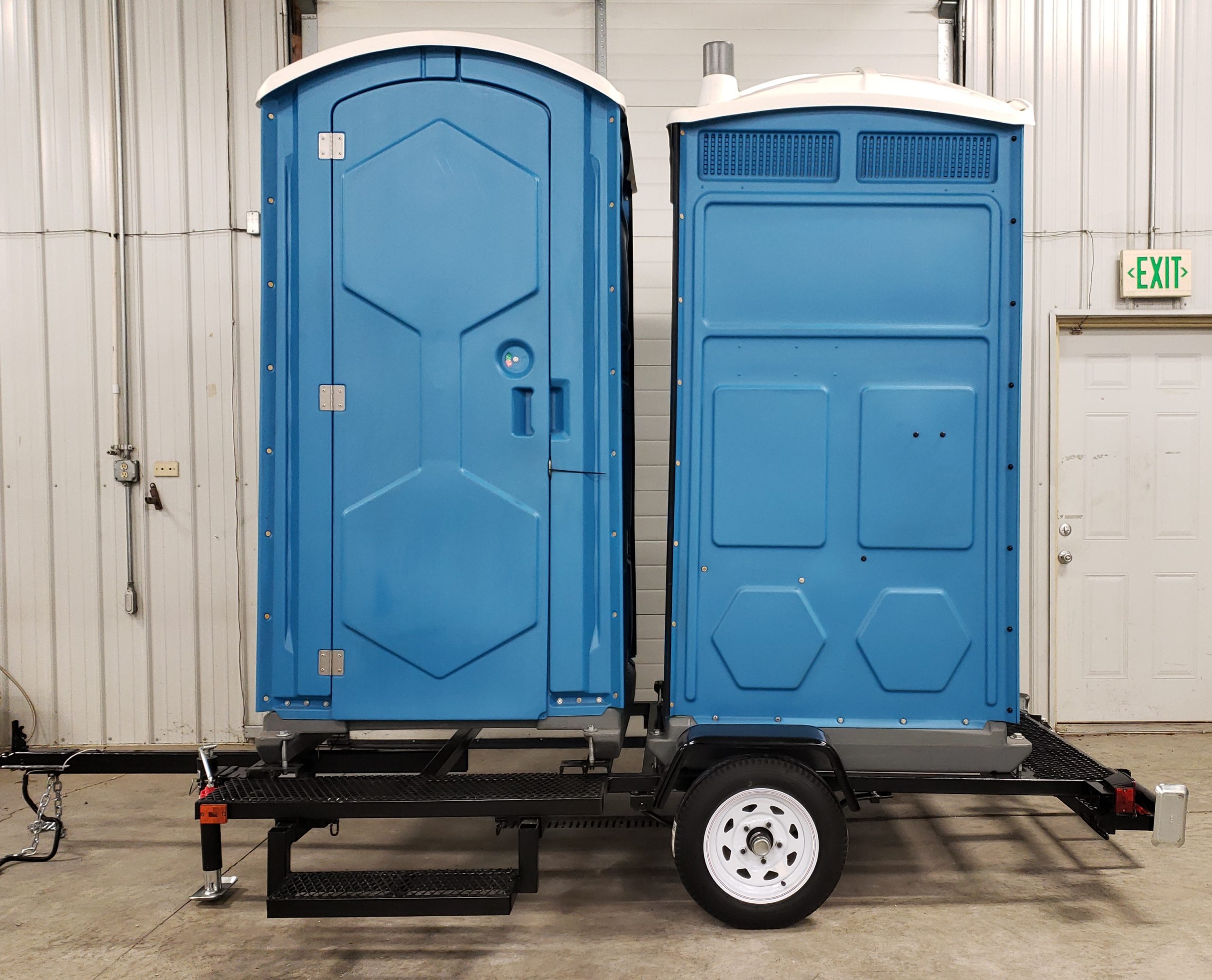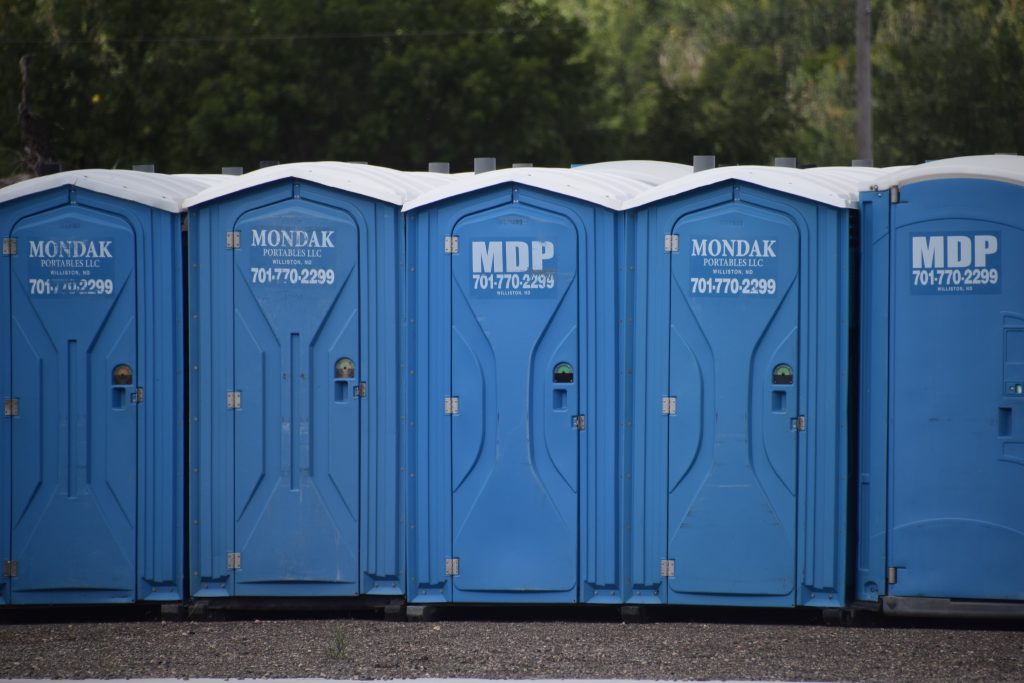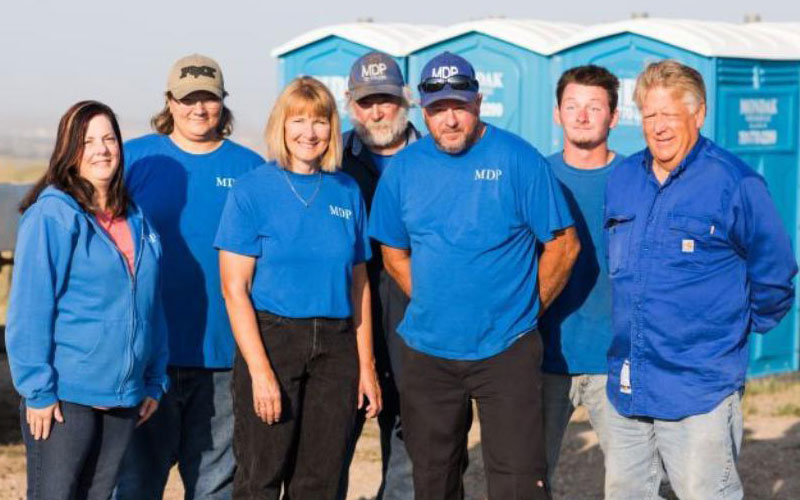
Professional Portable Toilet Placement and Accessibility Services: What to Expect
Planning an outdoor event, managing a construction site, or coordinating a festival requires attention to many details, including sanitation facilities. Effective portable toilet placement and accessibility services ensure comfort and convenience for all attendees or workers. Understanding what professional services offer helps event planners and site managers make informed decisions that enhance the overall experience.

Understanding Portable Sanitation Needs Assessment
Professional sanitation companies begin with a comprehensive needs assessment before recommending solutions. Expert providers will evaluate several factors: expected attendance numbers, event duration, site layout, terrain challenges, and demographics of attendees. Each factor significantly impacts portable toilet placement and accessibility recommendations.
For example, a weekend music festival with 5,000 attendees requires approximately 20-25 standard units strategically distributed across the venue, while a construction site with 20 workers might need only 2-3 units. Professional assessors consider peak usage times and create placement plans that prevent long lines while maintaining privacy and proper spacing between units.
Strategic Placement Considerations
Smart portable toilet placement and accessibility depend on understanding human behavior and traffic flow. Experienced providers position units in locations visible enough for easy wayfinding but discreet enough to provide privacy. Units work best when placed away from food service areas while remaining convenient to high-traffic zones.
Proper spacing between units allows for comfortable queuing without creating congestion. Professional placement services typically recommend units be positioned on flat, stable ground with clear pathways leading to and from the facilities.
ADA Compliance and Universal Accessibility
Professional portable toilet placement and accessibility services include ADA-compliant units as a standard offering. The Americans with Disabilities Act requires that portable restrooms be accessible to individuals with disabilities at public events and certain job sites. Specialized accessible units feature wider doors, larger interior space, grab bars, and lower placement of accessories.
Accessibility extends beyond simply having ADA units available—proper placement matters equally. Professional services ensure accessible units sit on firm, level surfaces with unobstructed pathways. Ideally, accessible units should be positioned closest to main event areas, parking, or transportation drop-off points to minimize travel distance for those with mobility challenges.
Weather Considerations in Placement Planning
Weather factors significantly impact successful portable toilet placement and accessibility. Professional services anticipate weather conditions when creating placement plans. During hot summer months, units positioned in shaded areas prevent uncomfortable interior heating and odor intensification. In windy conditions, units require placement with doors facing away from prevailing winds to prevent unexpected openings.
Servicing and Maintenance Access Planning
Effective portable toilet placement and accessibility include consideration for service vehicle access. Professional providers plan unit placement to allow service trucks to approach within 25 feet of units for pumping and cleaning. Without proper access planning, units might become unusable if servicing becomes impossible during longer events.
Maintenance schedules vary based on usage intensity and event duration. For multi-day events, professional services typically recommend daily servicing, which includes waste removal, replenishing supplies, and sanitizing surfaces. Construction sites generally require service 1-2 times weekly, though high-usage sites might need more frequent attention.
Enhancing User Experience Through Thoughtful Placement
Beyond basic needs, professional portable toilet placement and accessibility services consider user comfort and convenience. Quality providers create restroom “stations” rather than long rows of units, positioning hand-washing stations, sanitizer dispensers, and lighting near toilet clusters.


